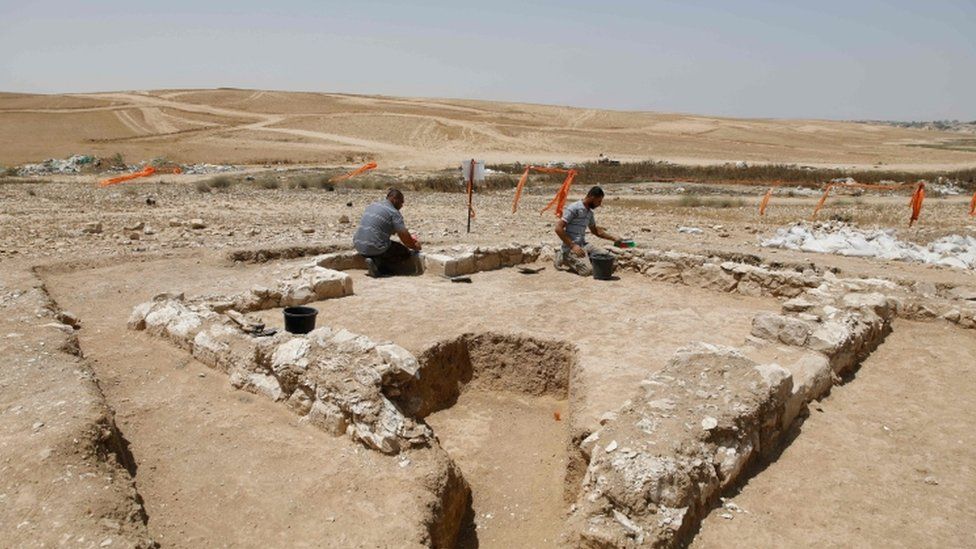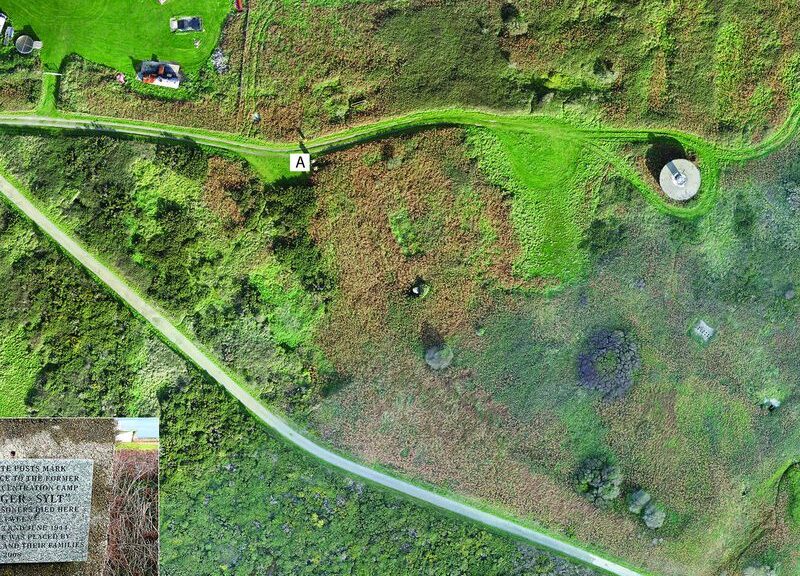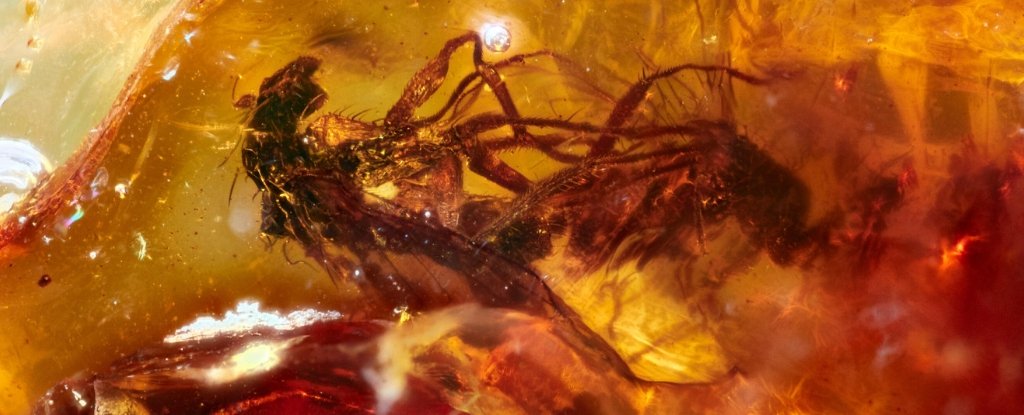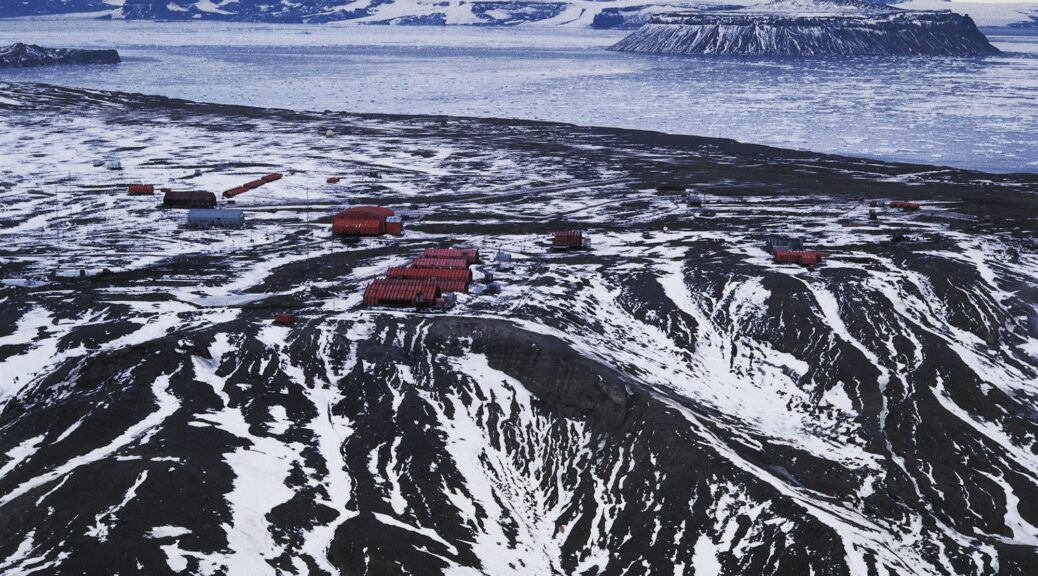This 5,500-Year-Old Leather Shoe is the Oldest Ever Discovered
The oldest leather shoe known to archeologists was discovered lodged in a sheep dung pit in a cave in Armenia, and is about 5,500 years old, according to a BBC article. The so-called Areni-1 shoe is an example of early, simplistic footwear which may have influenced the creation of other types of shoe design in the ancient world.
Anthropologists believe that humans started wearing shoes around 40,000 years ago contributing to anatomical changes in human feet and limbs. However, we have very little idea of what these prehistoric shoes might have looked like.
Entrance to the Areni-1 cave in southern Armenia near the town of Areni. The cave is the location of the world’s oldest known winery and where the world’s oldest known leather shoe has been found.

Several pairs of rope sandals discovered by archaeologists in a cave in Oregon are thought to be the oldest footwear ever discovered, dating to approximately 8,000 BC. However, the oldest shoe, made from leather and featuring a closed toe, was found in a remote cave in Armenia in 2008.
The shoe was excavated as part of a project led by archaeologists from the Institute of Archaeology and Ethnography of the National Academy of Sciences of Armenia.
The team was exploring a cave known as Areni-1, in the Vayots Dzor region. Areni-1 contained a number of Neolithic and Copper Age remains, including food containers holding barley, wheat and apricots.
The shoe itself was found inside a pit, perfectly preserved in the cool, dry conditions of the cave. It was cemented in with several layers of sheep dung, which acted as a seal, protecting the contents of the pit from the air and water.
The Areni-1 shoe was made from a single piece of tanned leather from the hide of a cow. It was seamed at the front and the back and tied together with leather cords, and appears to have been made to measure.
According to National Geographic, the leather was probably wrapped around the foot before stitching to ensure a tight fit. It corresponds to a size 7 (US) in modern footwear, and so could have conceivably been worn by either a man or a woman.

The shoe was also found stuffed full of grass. The archaeologists could not determine whether this was intended as a way to ensure that it held its shape while not being worn, or whether it was insulation designed to keep the wearer’s feet warm.

The Areni-1 shoe was carbon-dated to around 3,500 BC, making it the oldest footwear of its kind ever to be discovered. Shoes would have been particularly important to the Copper Age inhabitants of the cave, as the area around the site is well known for its rocky terrain, with sharp, pointed rocks and thorny plants.
The shoe itself showed considerable signs of wear and tear, particularly at the heel and ball of the foot, suggesting that the wearer habitually walked very long distances. This assumption is further supported by the other items discovered in the cave including obsidian, thought to have been brought from a site over 75 miles away.
According to National Geographic, the Areni-1 shoe appears to be an example of the earliest leather footwear designs, creating a basic prototype that would be exported throughout the region.

The shoe closely resembles other ancient shoes discovered in the Middle East and North Africa and even draws a comparison with traditional clothing from the Balkans and North Africa, which are still worn in festivals today. In particular, it bears close similarities to the opanke, a form of traditional Balkan footwear.
The second oldest leather shoe discovered by archaeologists was found on Ötzi “the Iceman”, a mummified corpse uncovered in the Austrian Alps and dating from between 3,400 and 3,100 BC.

Ötzi’s shoe was significantly more sophisticated, comprising a bearskin base and deerskin side panels, pulled tight with a bark-string net. Dating just a few hundred years after the Areni-1 shoe, Ötzi’s shoe represents a significant leap forward in footwear design and technology.
Nevertheless, the Areni-1 shoe provides an important and extremely rare insight into the clothing and footwear worn by the Copper Age inhabitants of Armenia. Today it is on display in the History Museum of Armenia in Yerevan.

























